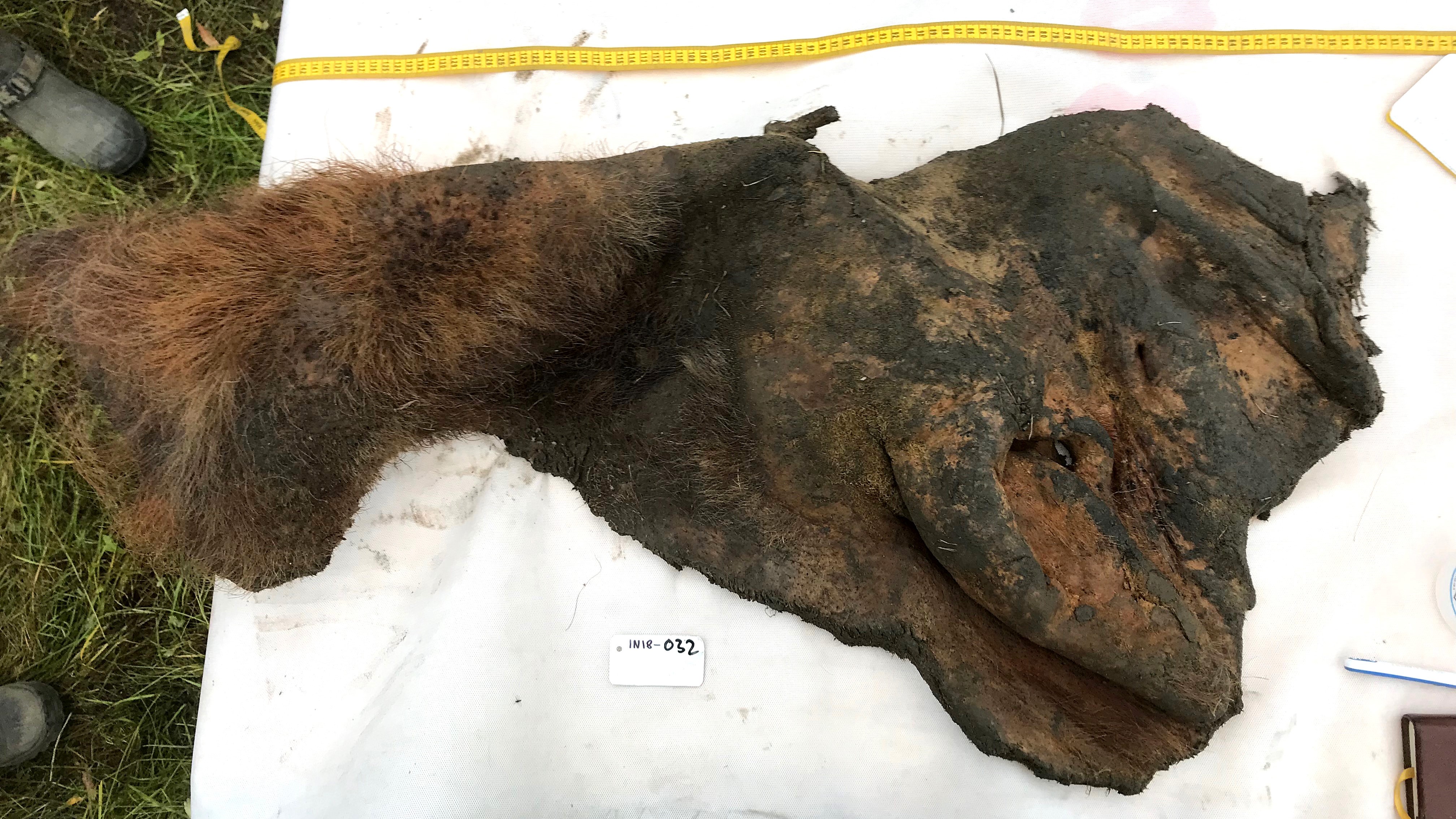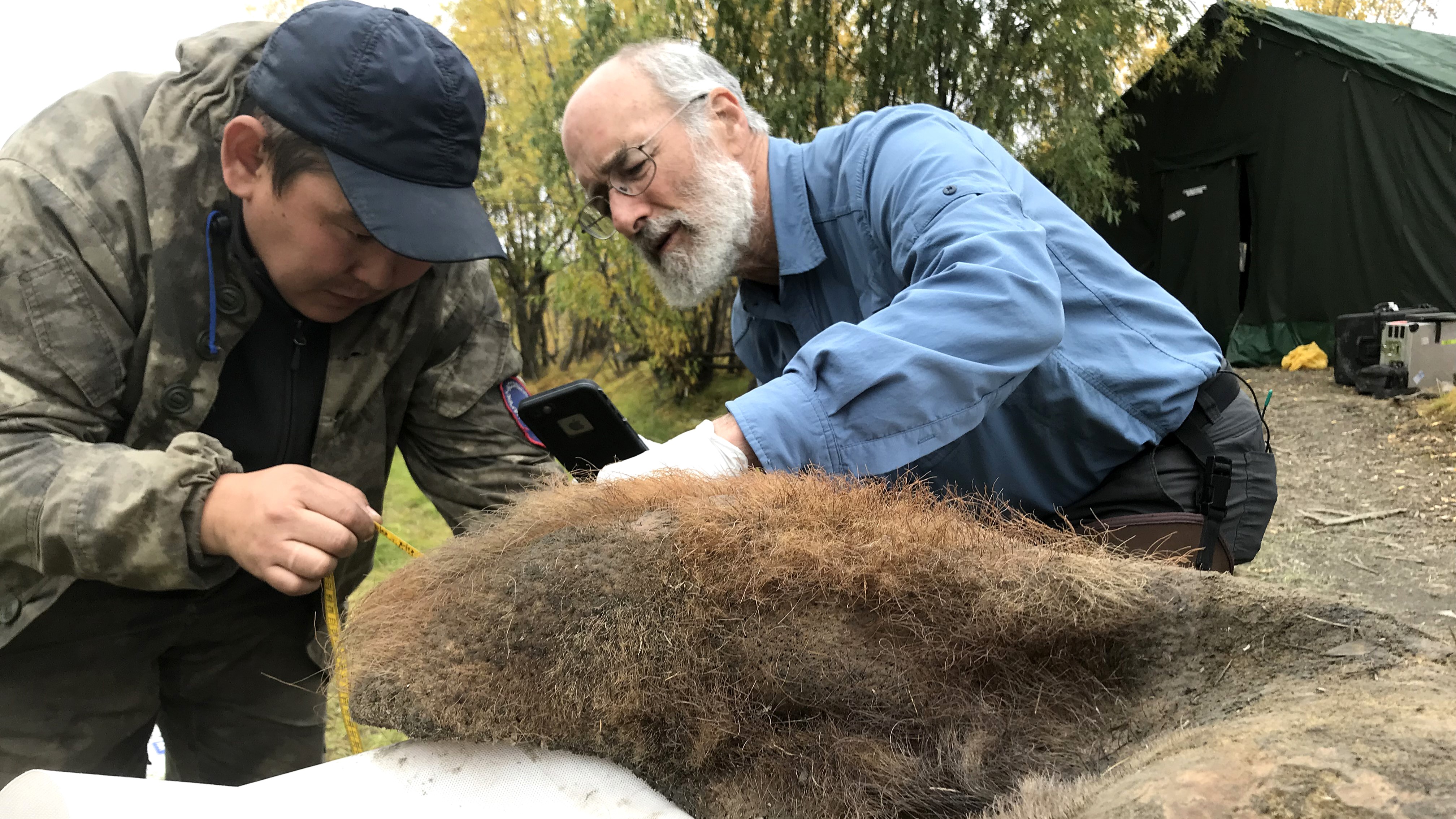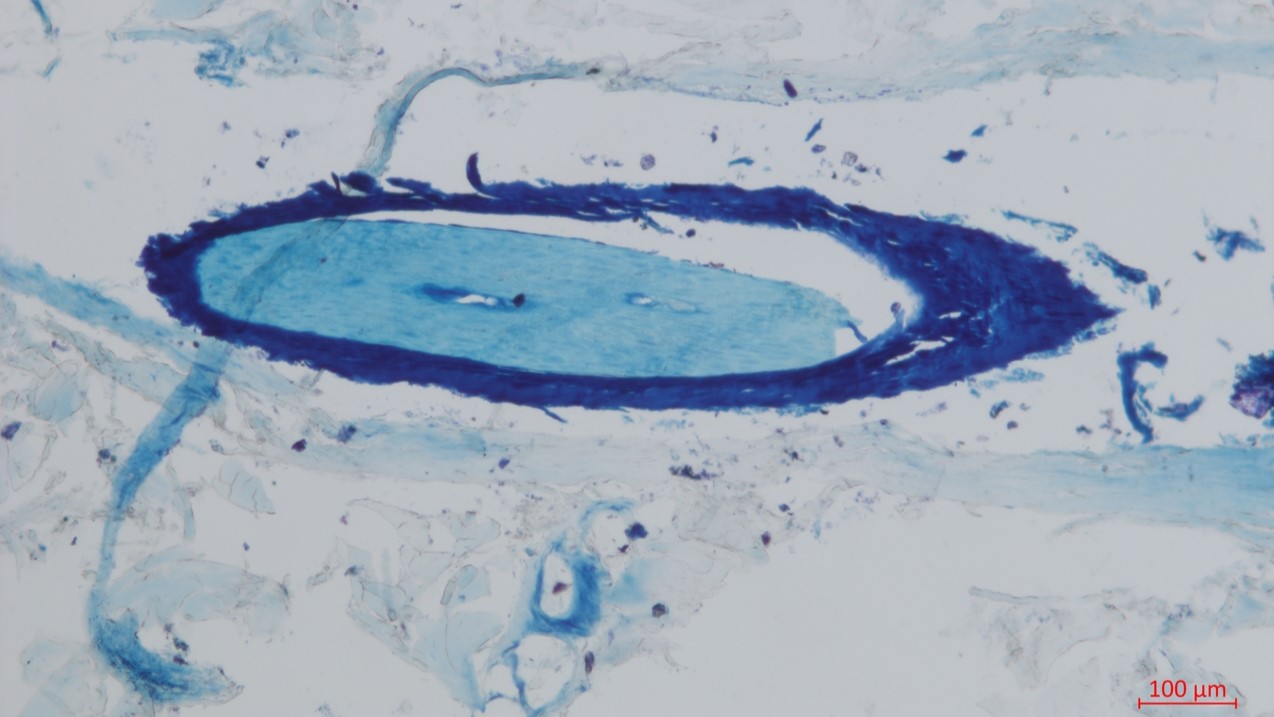Ancient chromosomes from woolly mammoth discovered in 52,000-year-old freeze-dried skin
In a breakthrough that could boost de-extinction efforts, scientists have determined the 3D structure of a woolly mammoth's genome from a 52,000-year-old piece of freeze-dried skin.

A 52,000-year-old woolly mammoth carcass was so well preserved, scientists were able to determine the 3D structure of the prehistoric creature's genetic code, a first-of-its-kind study shows.
The new breakthrough is a significant step on the path to sequencing a complete woolly mammoth (Mammuthus primigenius) genome, which has been challenging due to the degraded nature of ancient DNA. With a completely sequenced genome, scientists may finally be able to identify every single DNA mutation that differentiates modern elephants from their woolly mammoth relatives. A full overview of these genetic differences could in turn boost ongoing efforts to "de-extinct" the woolly mammoth.
"Until now, we could only read small fragments of ancient DNA," co-author Juan Antonio Rodríguez, an assistant professor of hologenomics at the University of Copenhagen in Denmark, told Live Science in an email. "These fragments were about 100 letters of DNA, but we did not know what order they had in the mammoth genome. It is like separated pages of a book, but without the page number."
The results of the new study, published Thursday (June 11) in the journal Cell, will enable researchers to "put an order to those pages," Rodríguez said. This is the oldest 3D genome analysis ever completed and the first done in a woolly mammoth, he said.
The woolly mammoth in question is a late Pleistocene specimen discovered in 2018 near Belaya Gora, in the Sakha Republic of Siberia. The animal, nicknamed "YakInf," was still covered in hair, indicating it was "exceptionally well preserved," Rodríguez said.
Related: Mystery 'random event' killed off Earth's last woolly mammoths in Siberia, study claims
The mammoth died and froze in a way that crystalized not only its carcass, but also its cells and chromosomes, which stayed intact for 52,000 years. According to the study, this suggests the mammoth underwent both freeze-drying — dehydration at cold temperatures — and a process called glass transition, where under cold conditions, certain dry materials — including glass and, seemingly, woolly mammoth tissues — can become extremely viscous. This process slows down degradation and preserves their structure in a "glassy" state.
Sign up for the Live Science daily newsletter now
Get the world’s most fascinating discoveries delivered straight to your inbox.

To explore the mammoth's genome architecture, Rodríguez and his colleagues extracted DNA from a piece of skin that was taken from behind the creature's ear. They used a method called High-Throughput Chromosome Conformation Capture Technique (Hi-C), which allows scientists to detect sections of DNA that sit close to each other in modern samples, and adapted it to work on the ancient sample.
Using this uniquely adapted technique, called PaleoHi-C, the team determined, for the first time, that woolly mammoths had 28 pairs of chromosomes — the same as modern elephants.
The research also revealed "how exactly those chromosomes were folded in 3D in the mammoth skin nuclei, which is very cool, because…we know that the way chromosomes are folded has a lot to do with cell function," co-author Olga Dudchenko, an assistant professor in the department of genetics at Baylor College of Medicine in Houston, Texas, told Live Science in an email.

The way chromosomes were folded in the mammoth skin sample highlighted genes that were active at the time of the creature's death, including genes encoding hair growth, Rodríguez said. By comparing this gene activity to that of an elephant, scientists could pinpoint differences that may bolster ongoing woolly mammoth de-extinction efforts, he said.
But de-extinction was not the motivation behind the new study. "We did not do it specifically for reconstruction efforts, but to learn from the past to inform future decisions," Dudchenko said.
Genome architecture "is one more step" toward de-extinction, Rodríguez said, "but there are many other known and unknown steps that scientists need to figure out before bringing a mammoth back."

Sascha is a U.K.-based staff writer at Live Science. She holds a bachelor’s degree in biology from the University of Southampton in England and a master’s degree in science communication from Imperial College London. Her work has appeared in The Guardian and the health website Zoe. Besides writing, she enjoys playing tennis, bread-making and browsing second-hand shops for hidden gems.










